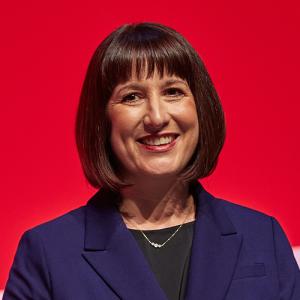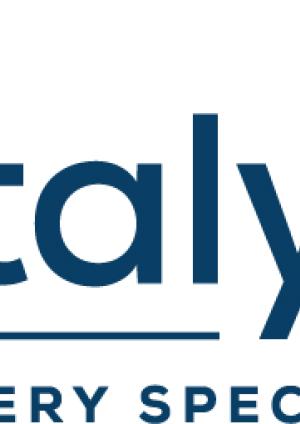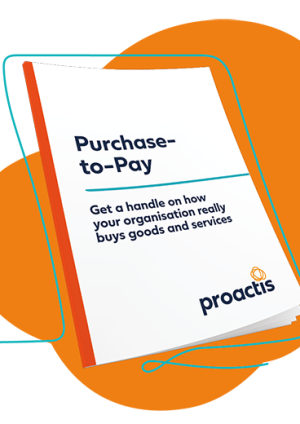
Optimising workforce productivity can unlock essential savings for the NHS and other public services. But top-slicing budgets or focusing on isolated financial savings targets risks missing opportunities to achieve more, and can lead to costly unintended consequences.
Clinical safety, patient outcomes, costs and changing workforce requirements all contribute to workforce productivity and need to be part of the solution. Involving the right mix of people and skills in improvement programmes helps ensure that potential efficiencies are properly quantified and can be safely delivered.
A whole-organisation approach
In our experience, a holistic view requires input from financial accounting, workforce planning and data specialists. Understanding how your staff work, clinical requirements, and how different teams and processes interrelate provides essential context, against which any savings targets must be assessed.
Robust financial analysis and challenge are equally essential in costing the full potential of proposed changes, including a properly resourced delivery plan, so that a business case can be made and outcomes appropriately evaluated. These skills underpin an approach that should also include the following elements.
1. A purposeful aim. Your initial focus might start with a specific savings target but should be in line with enabling productive and efficient working and supporting better patient outcomes. This broader lens will help avoid unintended consequences elsewhere. For example, high-cost agency spend is a common area of focus, but, in tackling it, you need to understand the cause. One organisation reduced its HR department headcount, generating a modest saving of less than £200,000 in salary costs. Consequently, however, time to hire became 30% longer than in comparable organisations, creating a temporary staff cost pressure of more than £1m.
2. Data and diagnostics. All changes require some investment upfront. Initial topline analysis, including benchmarking and looking outwards for best practice, will enable you to identify the most impactful areas to focus on and to build a business case for further investment. Validating data and assumptions with local stakeholders is vital to minimise the risk of double-counting or duplicating with other improvement proposals. Ensure that everyone is signed up to the same assessment for transparency and ongoing evaluation.
3. Realistic targets. Use the findings from your initial analysis and any further deep dives to help you make insightful decisions, so that you are on a sustainable path. An overambitious ‘no agency staff’ policy, for example, can lead to last-minute use of more expensive agencies, whereas accepting a certain level of agency spend, based on a holistic analysis of workforce needs, can enable block booking of lower-cost staff and more effective budget management overall.
4. Stakeholder engagement. Investing in staff engagement helps to identify improvement opportunities and facilitate effective implementation. Getting under the skin of team or ward working methods often highlights simple changes that can reap major rewards. For example, publishing shift rotas more quickly helped one organisation to reduce spend by attracting lower-cost agency staff, where previously only the most expensive agencies still had availability.
Team culture also dictates how well changes will be embraced. We often involve our organisational development and leadership colleagues to support staff through change, recognising that happier, more engaged staff achieve more and deliver higher-quality care in the long term.
Combining data-led insights and workforce analysis with robust financial assessments will enable your organisation to achieve sustainable savings alongside wider opportunities to achieve more through improved productivity and efficiency.


















